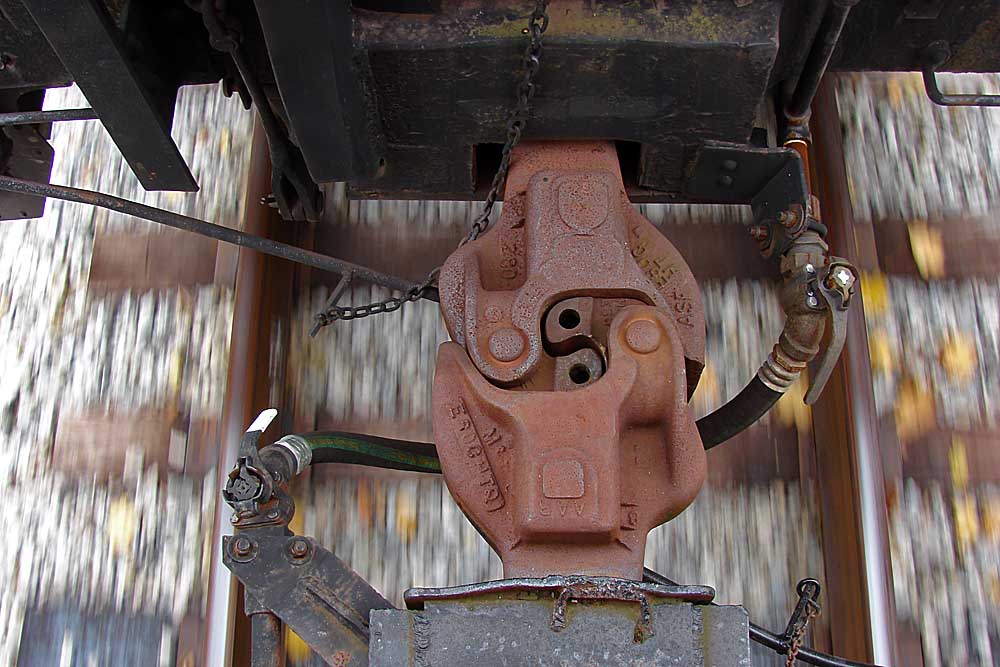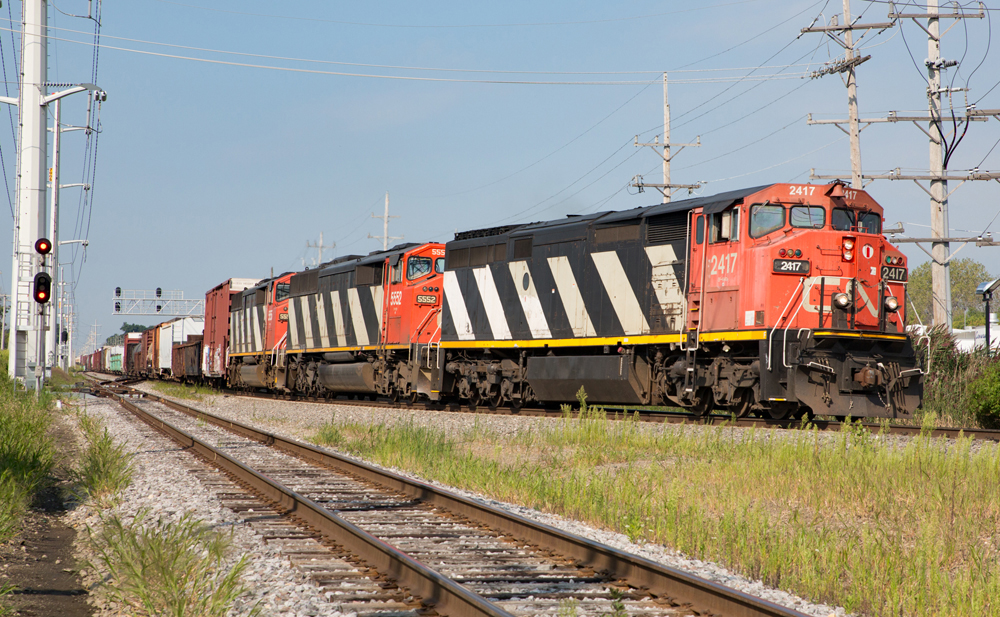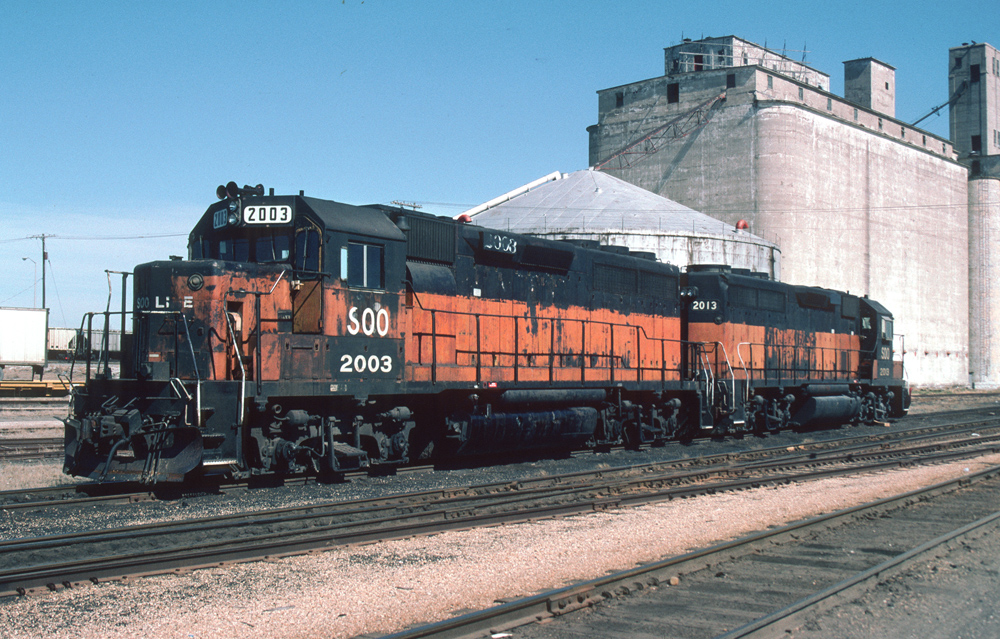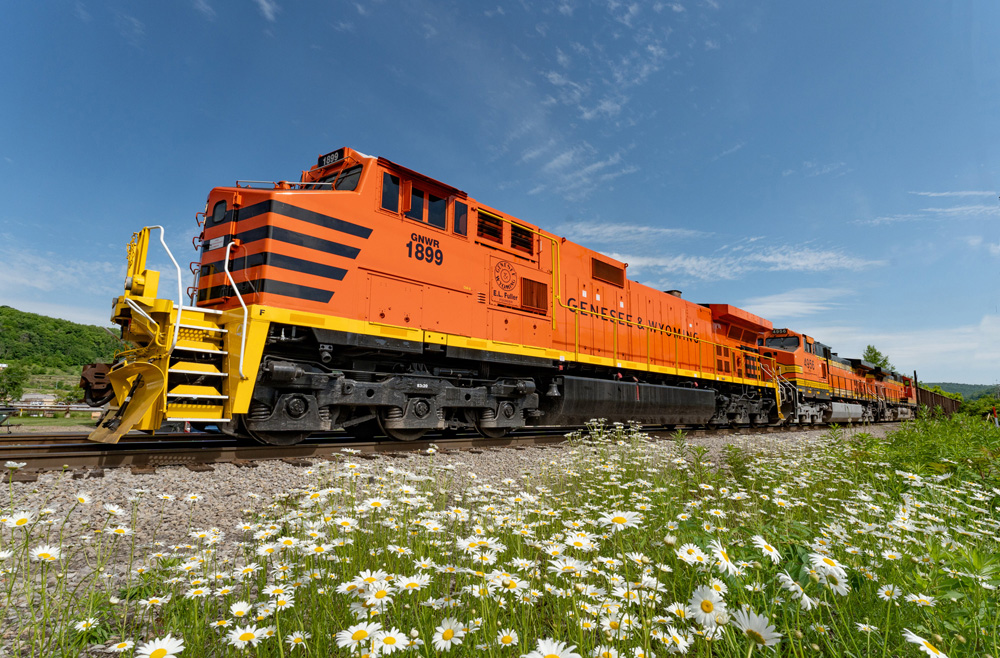
A lot happens between the horsepower output of a diesel engine and the drawbar where freight cars are coupled. A diesel engine’s raw output is known as brake horsepower, which is calculated without any additional equipment connected. After deducting those losses, the rest of the engine’s output is sent to the traction motors to pull the train. But quite a few factors can affect how much a locomotive can pull.
For example, the type of traction can affect how much effort is applied to the rail, with A.C. traction being superior to older D.C. traction technology. A.C. traction is not limited by a minimum speed it must operate at without causing damage to the traction motors. Also, an A.C. traction motor’s speed-torque characteristic enables a higher loading of current while larger wheels give a bigger contact point on the rail, increasing adhesion. The weight of a locomotive also factors into how much a locomotive can pull at lower speeds, but overall weight is typically limited by a railroad’s bridges and how much they can support.
Tractive effort is used as a measure of how much a locomotive can pull and is measured in pounds. A small portion of tractive effort is used to move the locomotive itself and the remaining is used at the drawbar to pull the train. To illustrate how these factors can affect the pulling power on locomotives with similar horsepower, a General Electric C40-9W with D.C. traction produces 4,000 horsepower and its tractive effort is roughly 140,000 pounds when starting and 109,000 pounds continuously. An EMD SD70MAC also produces 4,000 hp but has A.C. traction. It is able to produce about 175,000 pounds of tractive effort starting and 137,000 pounds continuously.














